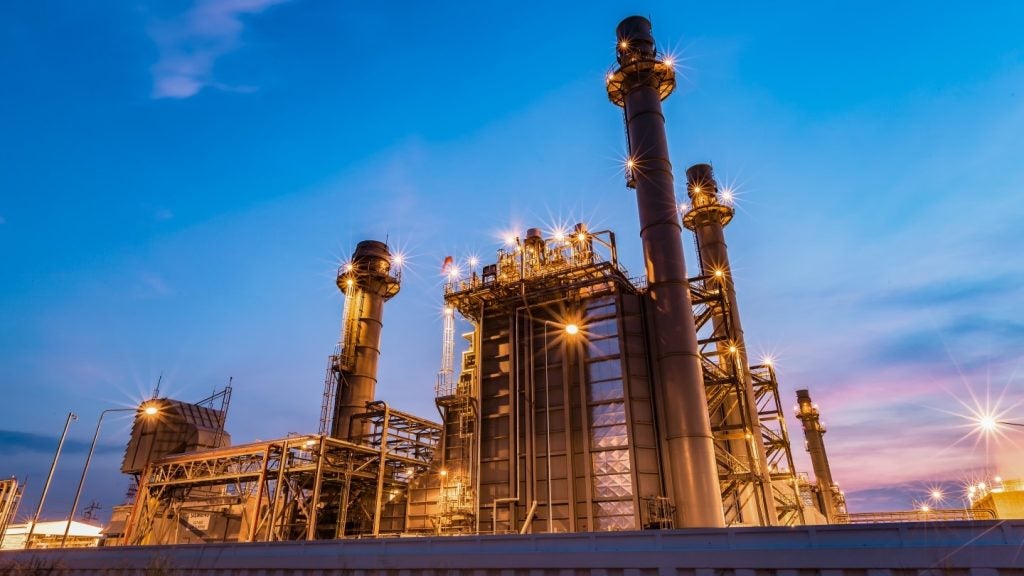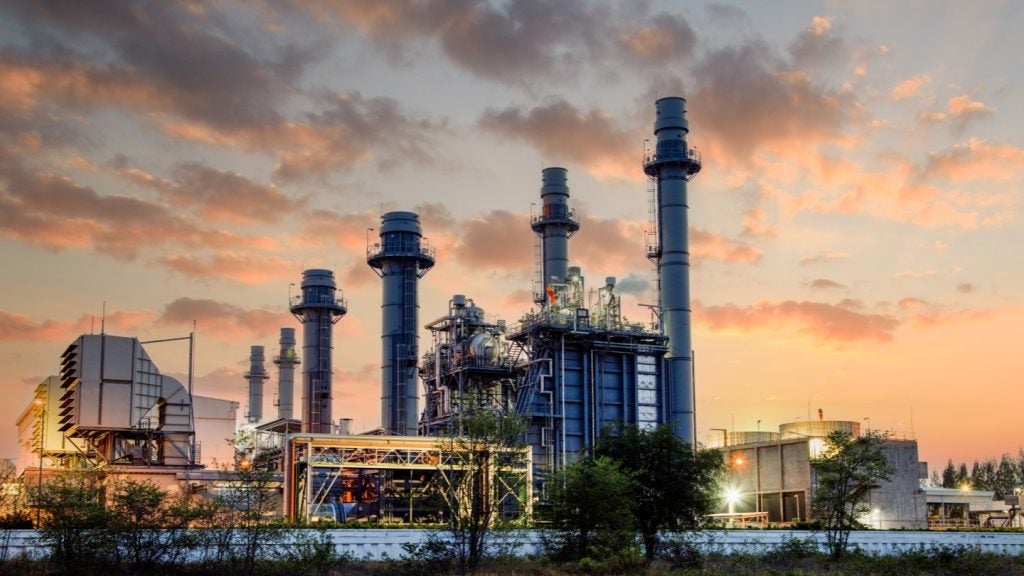Xcel Energy has unveiled a plan to build and own a new 300MW windfarm in South Dakota, US.
To be developed by Apex Clean Energy, the new Dakota Range I and II project is expected to be operational by 2021 following regulatory approval.
The project will be one of the first publicly announced wind ventures to advance under the phase down of federal tax credits.
Equipped with Vestas turbines, the Dakota Range project is expected to increase Xcel Energy’s existing wind proposals in the US to 3,680MW at 13 windfarms in seven states. They are also expected to expand Xcel Energy’s wind portfolio by 55%.
In addition, the Dakota Range project will help towards Xcel Energy’s plan to add more than 10,000MW of wind energy production, which is enough to power every home in Minnesota and Wisconsin, US.
Xcel Energy chairman, president, and CEO Ben Fowke said: “Wind provides the clean, competitively priced energy our customers want.
How well do you really know your competitors?
Access the most comprehensive Company Profiles on the market, powered by GlobalData. Save hours of research. Gain competitive edge.

Thank you!
Your download email will arrive shortly
Not ready to buy yet? Download a free sample
We are confident about the unique quality of our Company Profiles. However, we want you to make the most beneficial decision for your business, so we offer a free sample that you can download by submitting the below form
By GlobalData“This project proves we can keep driving the clean energy transition of our supply mix while keeping customer bills low, even as incentives phase out.”






